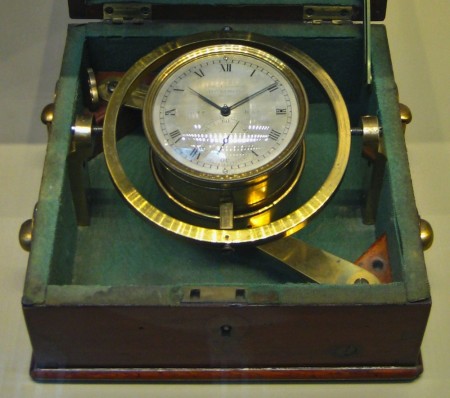
The BBC has an excellent podcast series called, A history of the world in 100 objects, which does a nice job of getting into history and culture by talking about the significance of important archeological artifacts: a Korean roof tile; a North American Otter pipe; and Harlem wall painting fragments for example. The objects span the time from 2 million years ago to the present day.

The website, where you can see the objects as well as quite a number of user-contributed objects, is also excellent (the contributions by the British Museum are the ones in the programme, and the Wikipedia page also has images of all the artifacts). The objects are organized by time period, location, culture, theme (war, religion, food for example), colour, and even material. It’s nice to see all the layers of meaning that can be gained from a single object by viewing it from different perspectives.
There are also short videos with Kay Topping from Haslemere Education Museum (that are not accessible in the U.S.) on the power of actual artifacts in the classroom.
When I explain that this object was made for a real ancient Egyptian by another real ancient Egyptian I can see the kids faces reflecting this ‘Wow’. Only objects and the actual places where events happened are able to do this.
— Kay Topping (2010) in Paul Sargeant’s History of the World project blog: Object lessons for schools
